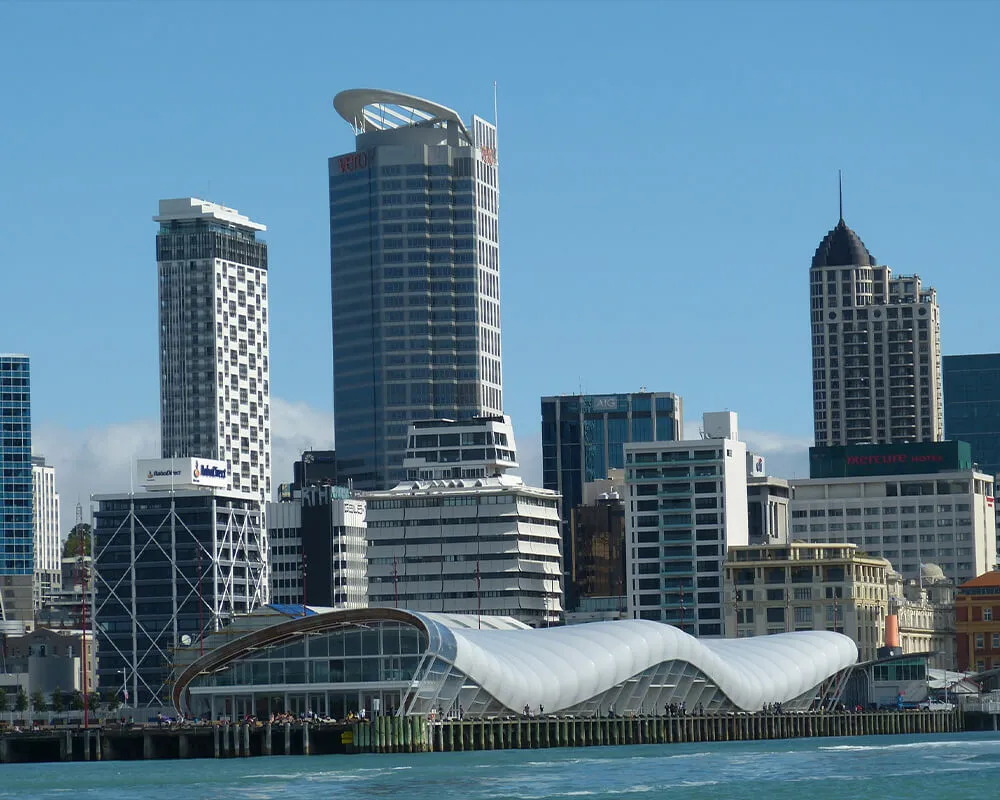New Zealand is located in the Southwest Pacific Ocean and consists of two main Islands as well as a number of smaller ones. The principal Islands are the North and South Islands which are separated by the Cook Strait.
North Island has a mountainous center with many hot springs and volcanic peaks. South Island is much more mountainous with the Southern Alps, which has some 350 glaciers, running across the length of the Island. Much of the lowlands are broken and hilly while plains are not prominent on either Island.
